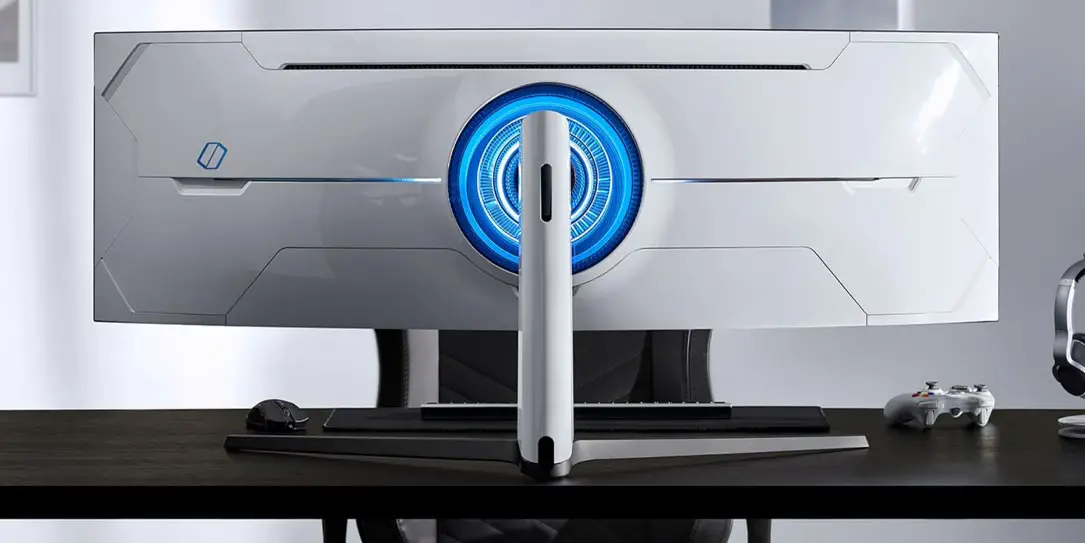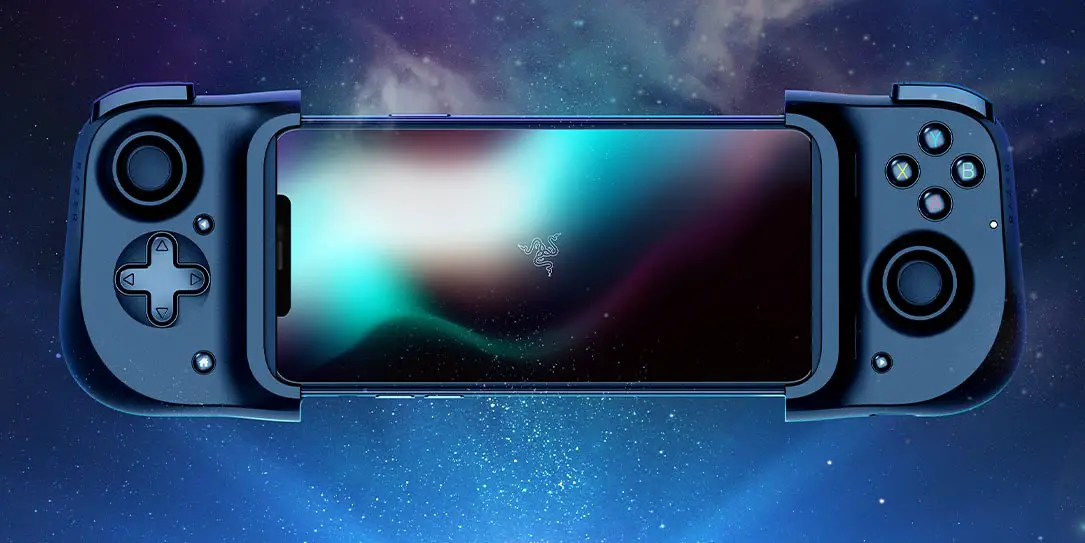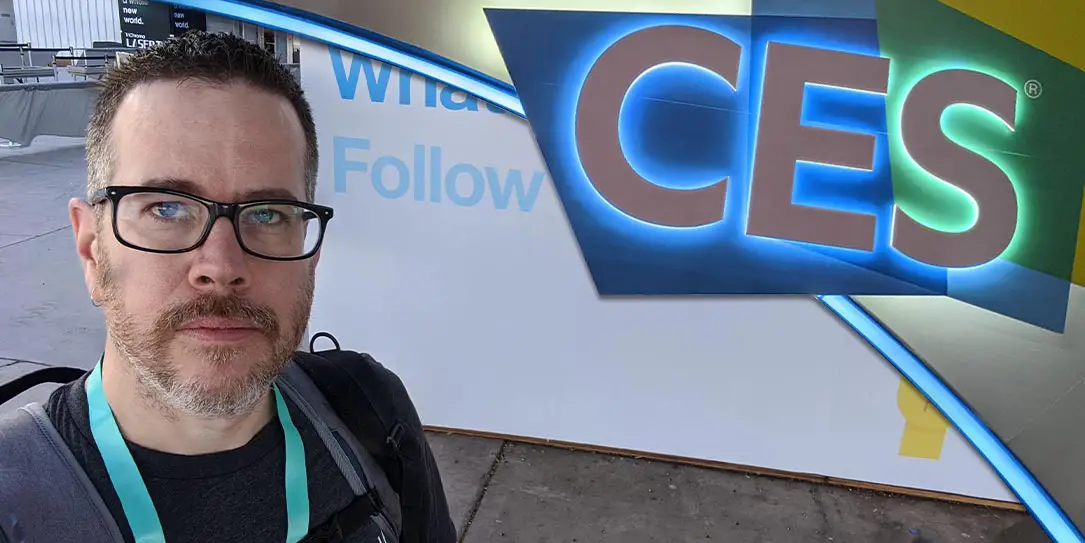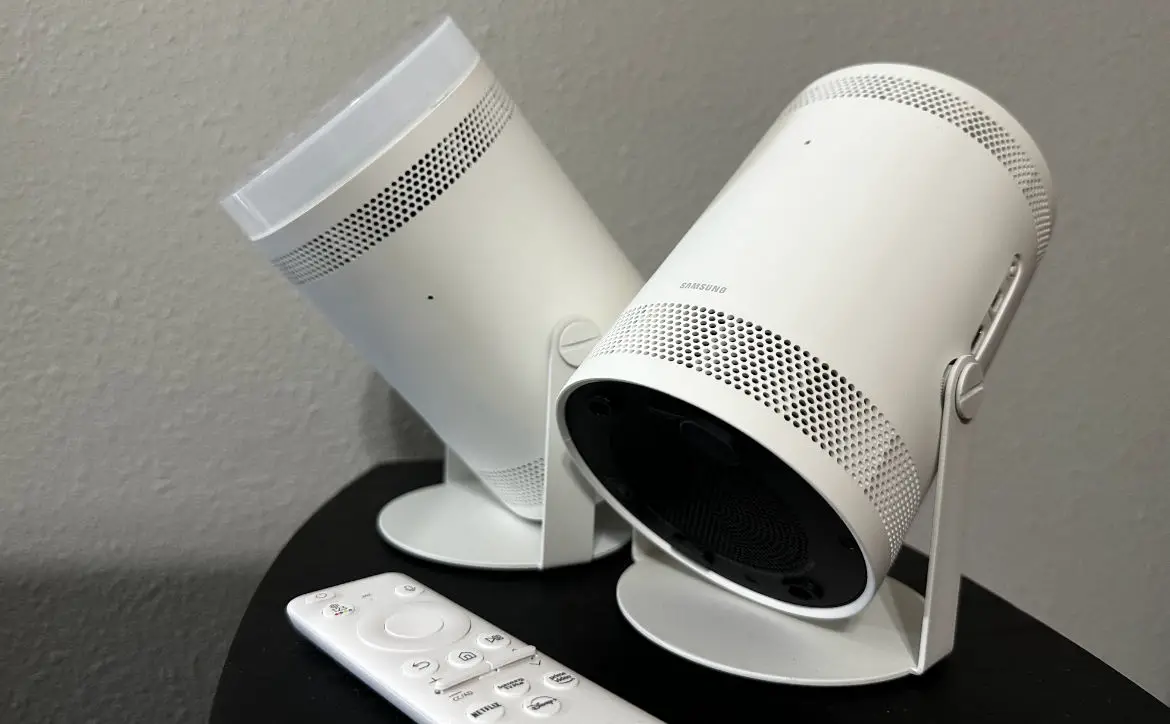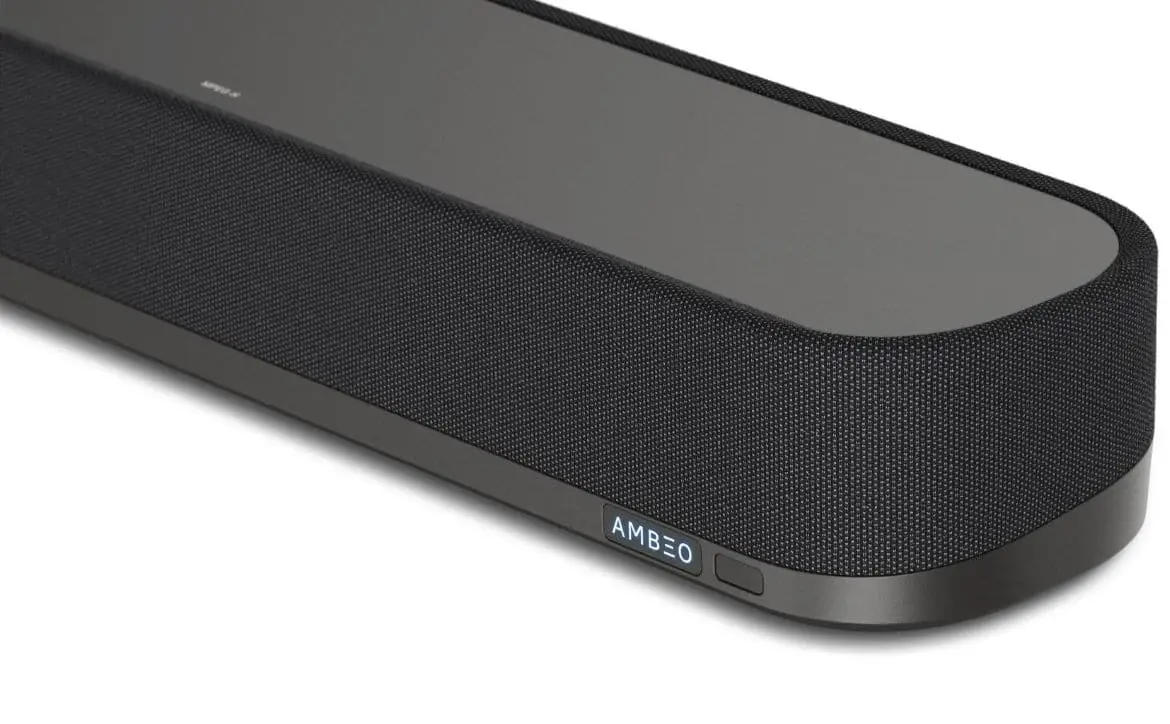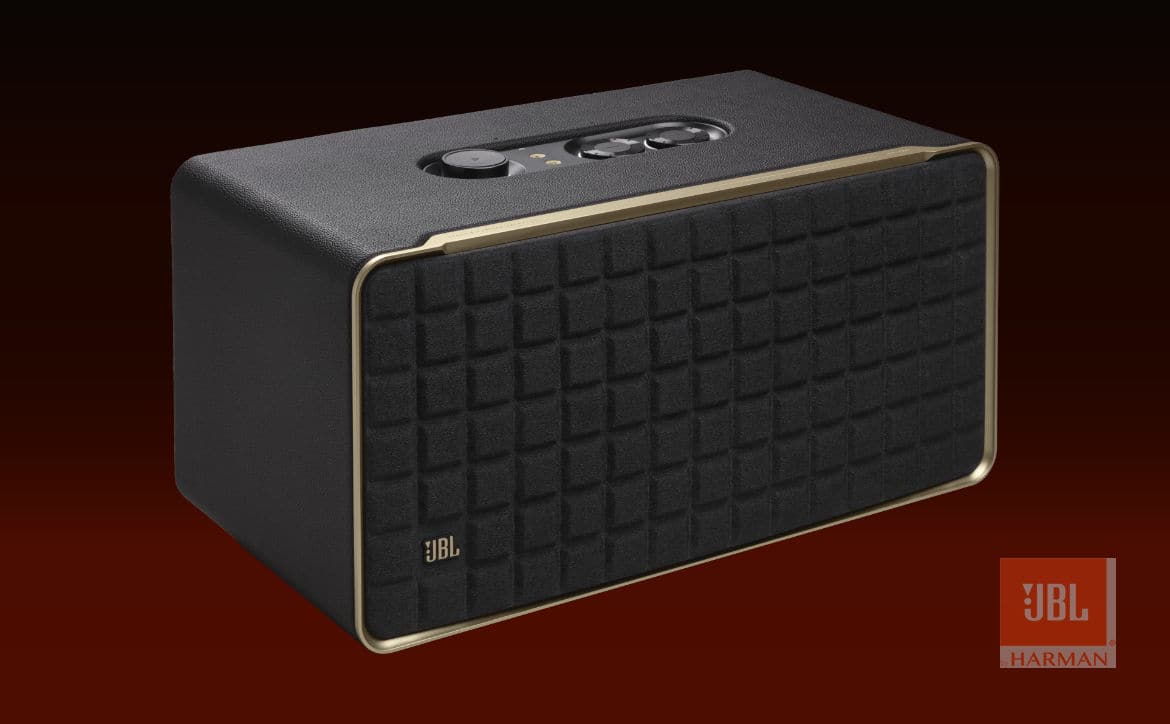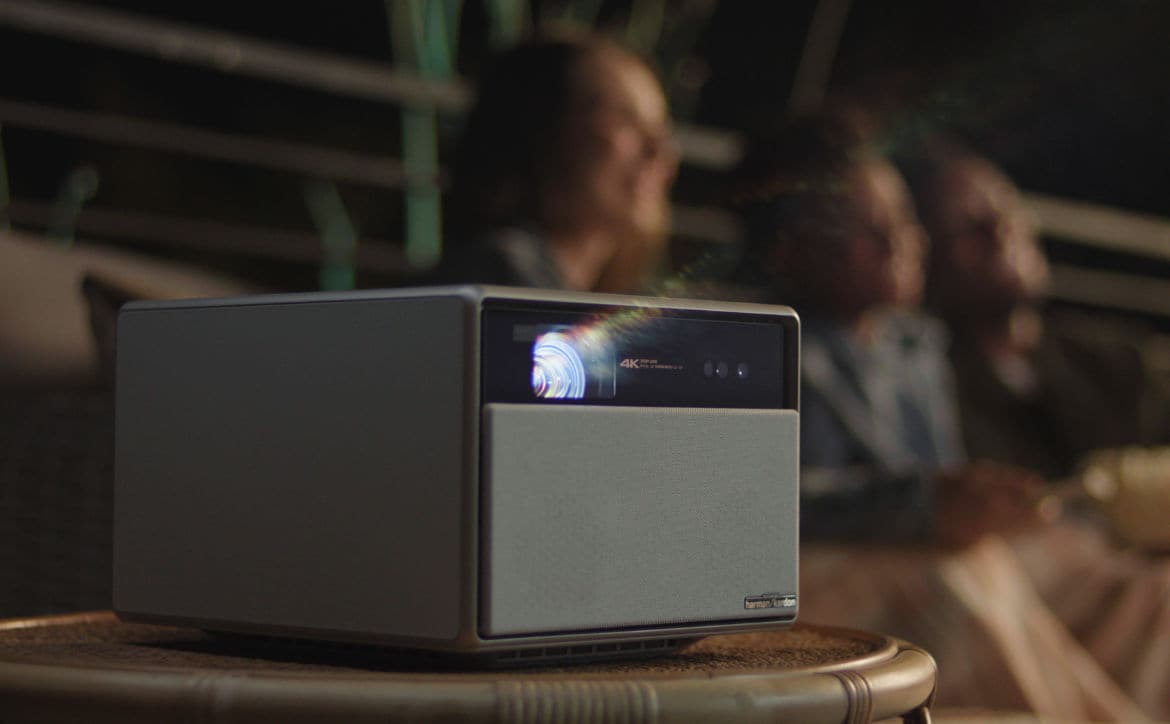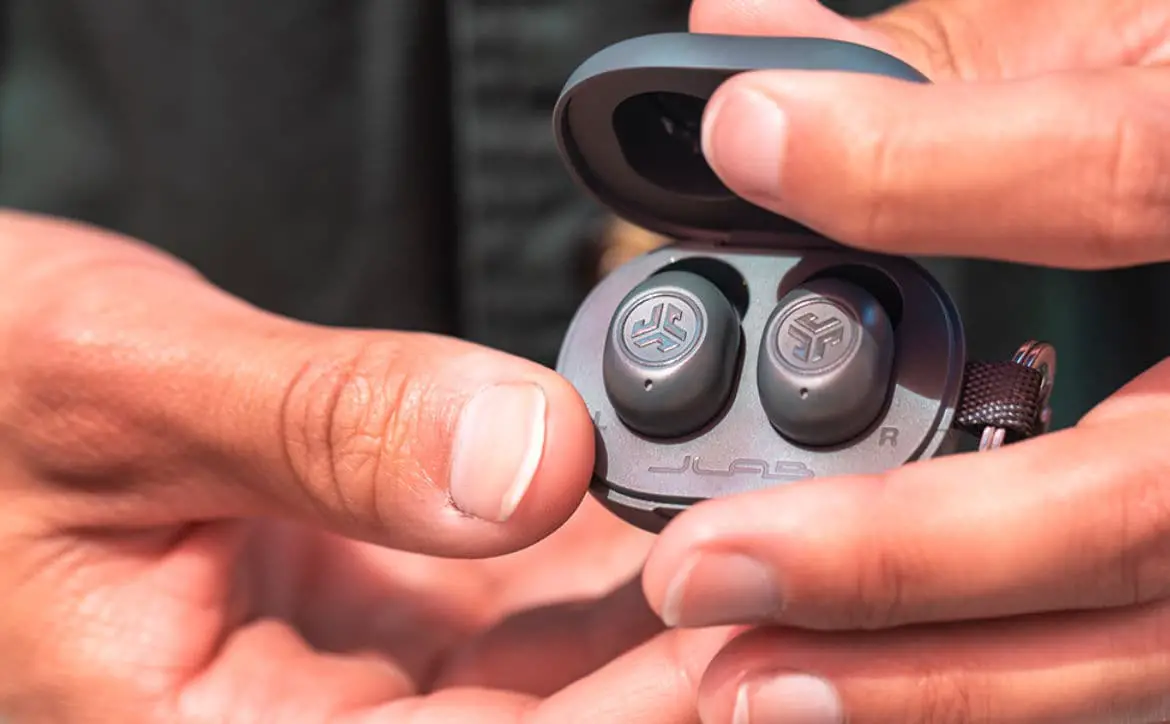CES 2020 is officially over and after 143,790 steps for a total of 99.47km (61.8miles), we saw a lot this year. That being said, we didn’t even come close to seeing everything as it’s likely impossible to do so. We’ve also published a Best of CES 2020 post but being my first CES, it was definitely an experience and I wanted to touch on a few of my favourite things that I saw this past week. With that, let’s dive into my CES 2020 recap!
8K is the real deal
Call me a skeptic, I don’t mind. When Alex, our Editor-in-Chief, told me how great 8K was a few weeks ago, I scoffed due to the fact that there isn’t any 8K content out there. Heck, I can’t even get 4K content through my cable provider onto my TV.
During the Samsung First Look event, 8K QLED TVs (which received a Best of CES 2020 award here at Techaeris) were a part of the presentation. Afterwards, we were able to see up close and personal the difference between 4K and 8K in a few different scenarios. Techaeris also got a behind the scenes tour of the Samsung innovation room which convinced me further about the benefits of 8K, not only in image quality but also in content delivery. We’re working on a separate article about our 8K impressions, but really, seeing is believing in this case.
After seeing the number of 8K displays in OLED, QLED, and Mini-LED format from various companies including Samsung, LG, TCL, Hisense, Konka, Skyworth, and more, 8K is definitely here to stay — and it’s not a gimmick. I’m at that point where I’ll have to upgrade my 1080p projector soon and I’m seriously considering skipping 4K and going right to 8K.
On a side note, there’s no shortage of Chinese companies (TCL, Hisense, Konka, Skyworth, and others) looking to make a bigger push into North America in 2020.
Gaming monitors go big
I’ve been using a 35-inch curved UWQHD monitor at my day job for the better part of a year. I also have one on my desk at home for working and gaming. So you think 35 inches is big? Gaming monitors are getting bigger… much bigger.
Samsung, LG, and even companies like Monoprice are launching 49-inch Dual-QHD or Dual-FHD monitors geared towards gamers. The Samsung Odyssey G9 (which also received a Best of CES 2020 award here at Techaeris) even boasts a 1000R curvature.
Want to go even bigger? First announced back in early 2019, BFGDs (Big Format Gaming Displays) were on full display at CES 2020. Take the LG 65CX for example. A 65-inch OLED display, this BFGD is NVIDIA G-Sync Compatible with Variable Refresh Rate and Dolby Vision IQ and Atmos support.
Sony’s surprise
Who would have ever expected Sony to make a car? Well, they did, and they surprised nearly everyone at CES 2020 with it. While the car is a prototype and unlikely to ever hit production, it was a great showcase of Sony technology. Honestly? It looked better than most of the other concepts at the show and better than some EVs on the road today.
The fantastic looking Sony Vision-S seats four with individual seat speakers. Weighing 5,180 lbs, this all-wheel drive electric vehicle has front and rear 200 kW power, can reach 0-62mph (0-100km/h) in 4.8 seconds and has a top speed of 149mph (240km/h).
Of course, the interior dashboard featured screens a-plenty and the Vision-S showcased Sony’s vision for safety, entertainment, and adaptability for vehicles.
Delta’s Parallel Reality
When one thinks of Delta, they think air travel. Not only did the company showcase a crazy new exoskeleton at CES 2020 that they’ll be trialling later this year in their cargo areas, but they also introduced their vision for the future of air travel.
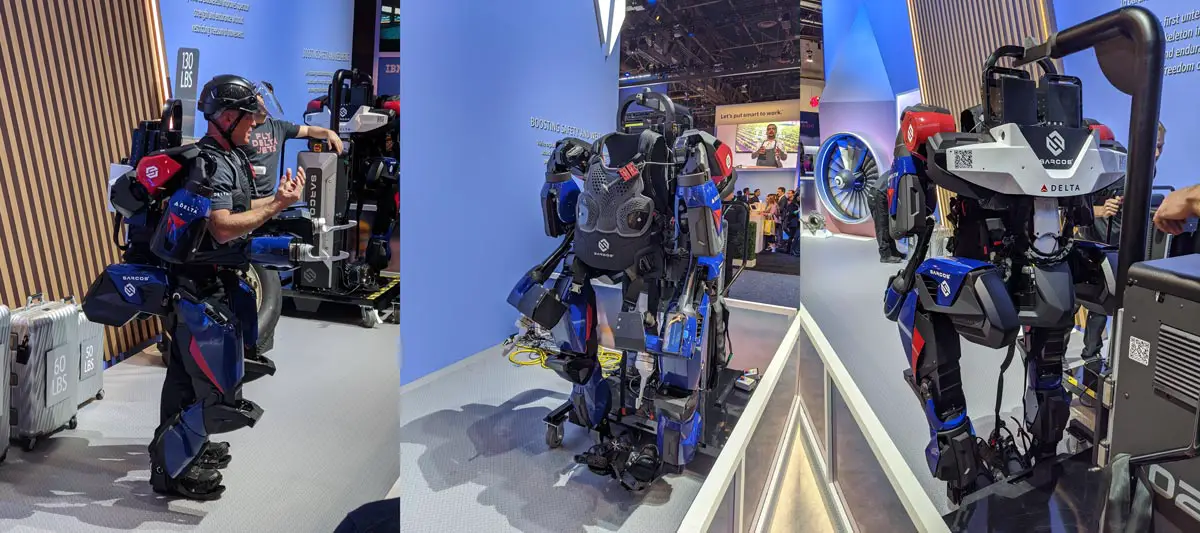
Dubbed Parallel Reality, this technology really needs to be seen to be believed. With Parallel Reality, when a traveller walks into the airport and looks at a screen, they will only see information pertinent to their travel itinerary, and in the language of their choice. The concept has you enter the airport and scan a QR code. After you have done so, looking at a proprietary screen will not only greet you by name but tell you your current flight status and what gate you need to go to. Not only that, but if you were to land in Japan, for example, and scan your QR code, the signage would be in the language of your choice instead of Japanese.
As I mentioned, you have to experience this one to believe it. During the demo we got, four people standing at four podiums saw different messages. We confirmed this by swapping places and watching the message change, all while looking at the same display. When standing at the display and turning around, 12 mirrors on the wall behind us were displaying 12 different images from the same source TV/display. The final portion of the demo had us scan our QR code as if we were at an actual airport and walking around while glancing up at a display did indeed show information specific only to the person looking at it.
Of course, privacy is top of mind with technology like this and Delta says they are not using biometrics of any kind like facial recognition or height/gait indicators to track you through the airport. Instead, when the QR code is scanned, the camera above assigns a “blob” shape to the human standing in front of it. The camera (eventually series of cameras) will then track this blob and send that information to nearby displays to beam out the relevant information to that blob.
Delta is planning to trial this at the Detroit Metro Airport starting this fall on an opt-in basis. The trial will consist of one station and camera so you won’t get the full experience but it will presumably helpt at check-in to get you headed in the right direction.
Foldables are here to stay but still need work
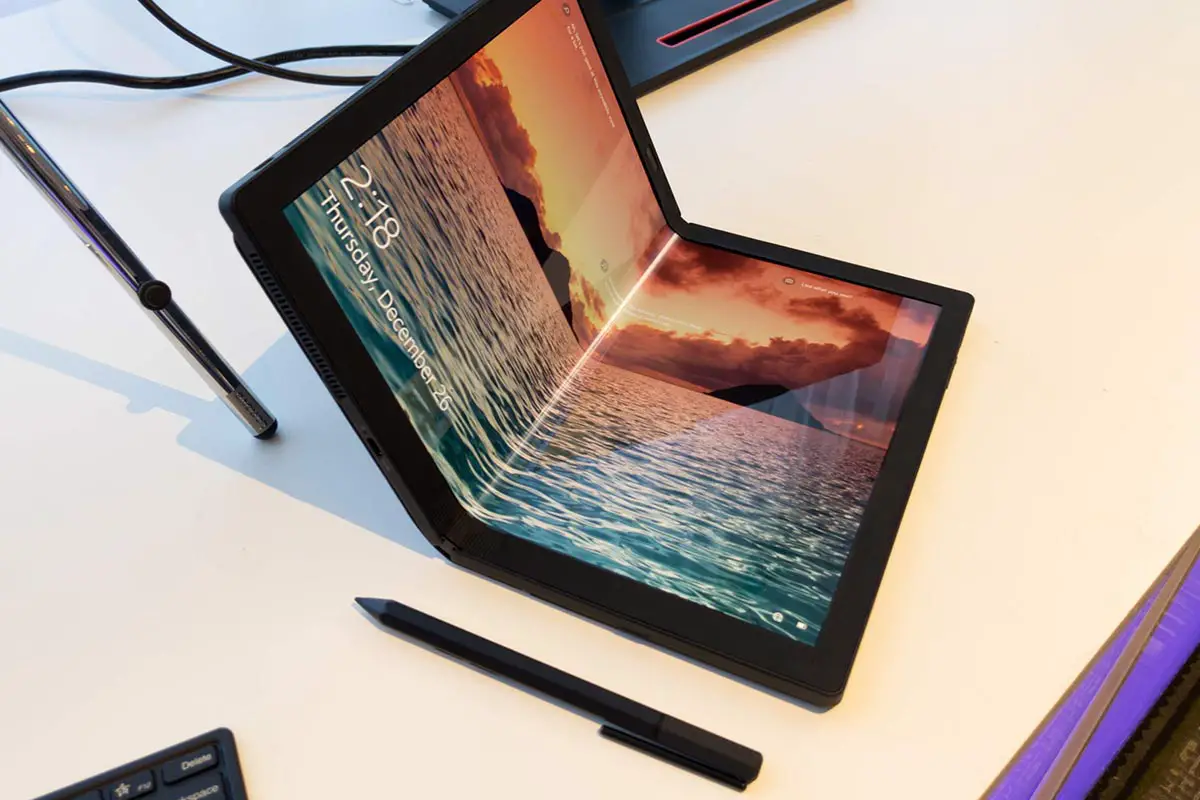
With the Samsung Galaxy Fold and Huawei Mate X garnering attention over the past year, a number of companies had foldables on display. We got some one-on-one time with both the Mate X as well as Lenovo’s entry into the foldable market: the Lenovo ThinkPad X1 Fold (another Best of CES 2020 award here at Techaeris). That’s right, foldables are expanding past smartphones and into the laptop/tablet lineup.
The ThinkPad X1 Fold was not only sleek looking but also very functional, even though the unit we saw was a pre-production unit. The use case is definitely there, with the Lenovo software allowing you to pin two different applications to each half of the display or even bring up a keyboard on the bottom section. Our demo took a look at a unit running Windows 10, however, the final product will be running Microsoft’s new Windows X which is tweaked for foldables.
With both the Huawei Mate X and the Lenovo ThinkPad X1 Fold, however, there is still the issue of a slight crease or bump being felt when the screen is folded out. It’s not a huge bump, but it’s there and can definitely be felt. To be honest, it’s likely something we’ll just have to get used to as is the case with most new technology.
As far as durability is concerned, both companies seemed to have spent considerable time and research getting it right. While the Mate X folds outwards and the ThinkPad X1 Fold folds inward, neither showed signs of fatigue or stress at the fold point. Still, only time and consumer use will show just how durable these foldable devices will be over the long term.
Spatial audio is getting better
While companies have been pushing virtual surround sound in TVs, soundbars, headsets, and wherever else we hear audio, I feel like this year could be a winner when it comes to spatial audio.
TV audio
On the TV front, we saw a few soundbars and TVs that have improved on spatial audio. The TCL Alto 9 Plus Dolby Atmos soundbar (which, again, received a Best of CES 2020 award here at Techaeris) uses reflector technology for a more immersive experience. While adding a soundbar to your TV definitely enhances your audio, not everyone has space or budget for one.
Samsung’s new OTS+ (Object Tracking Sound+) technology definitely wowed me. The company has added rear top and side speakers to their 8K QLED lineup and even without a soundbar, you definitely get a more immersive spatial audio experience. Not stopping there, the company went one step further and integrated OTS+ into the accompanying soundbar. Typically, when connecting a soundbar to your TV, you disable your TV audio. With OTS+, the TV audio remains on and works in tandem with the soundbar to provide an outstanding surround sound experience for the user.
JBL Quantum
On the headset front, JBL is jumping into the gaming market with its new JBL Quantum gaming headset lineup due out in April. Featuring its QuantumSOUND Signature technology, the company has released a whopping seven gaming headsets running from US$39.95 to $299.95 and a set of desktop speakers for $149.95.
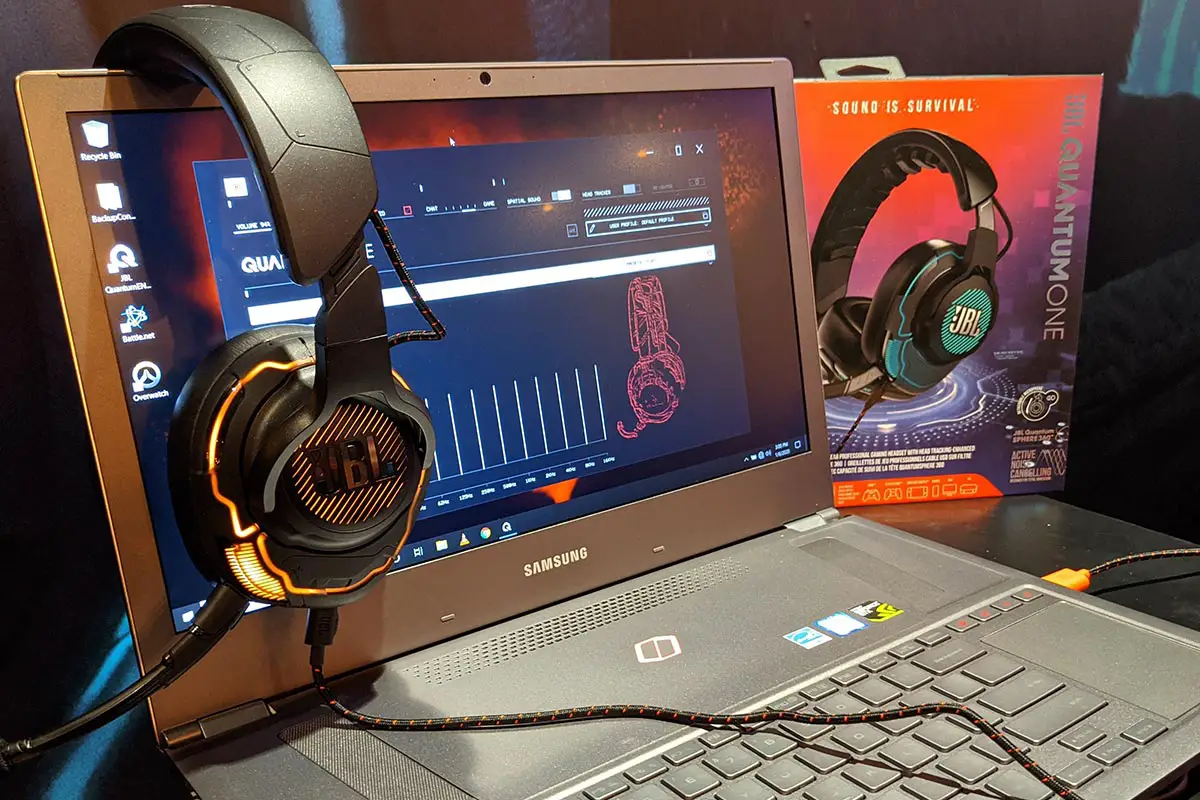
The star here though is their flagship JBL Quantum ONE gaming headset, which, you guessed it… received a Best of CES 2020 award here at Techaeris. While virtual surround works well, depending on the implementation, the problem is that the surround sound follows you when you turn your head. For example, when in a surround speaker environment, when you turn your head, the sound remains in the space it is supposed to. When using a headset, however, turning your head and the sound follows you. If you were seeing dialogue on your screen and turn your head, the dialogue audio moves and still “appears” in front of you, even if you’re not looking at the screen.
With the Quantum ONE, after putting on the headset, you center it by looking at your screen and pushing a button on the headset. Once you’ve done that, the headset registers the direction of the screen and adapts the audio based on your head position. Look to the right while someone is talking on screen and instead of the sound sounding like it’s in front of you, it comes through your left ear. Look left? The voices come in stronger through your right ear. Look behind? The audio truly sounds like it is coming from behind you from the direction of the screen. It really was a bit mind-blowing getting surround sound spatial audio from a headset. The Quantum ONE nails this issue and we can’t wait to get our hands on one for a full review in the coming months.
Focus on handheld/cloud gaming
Finally, at least for this roundup, with Google Stadia and NVIDIA’s GeForce NOW here and Xbox Project xCloud in beta, game streaming is the next big thing for gamers. With cloud game streaming touting gaming anywhere on practically any device, more companies are focusing on bringing better mobile gaming products to market.
Two that we saw that stand out are the Razer Kishi mobile controller for Android and iOS and the Alienware Concept UFO. Mobile game controllers are nothing new but tend to be more of the Bluetooth handheld with a phone clip design. Late last year, Razer introduced the Junglecat but it is compatible with only three devices. At CES 2020, the company announced the Razer Kishi which will work with any Android with a USB-C port and most iPhones with Lightning connector ports. The controller felt a lot beefier than the Junglecat and its design ensures it will fit and work most devices. In addition, the concept Razer Sila 5G router doubles as a portable 5G Wi-Fi hotspot, something that would come in handy for cloud gaming on the go.
Razer wasn’t the only company debuting new mobile gaming accessories as we also saw some mobile controllers and mobile device cooling products from HyperX, Altec-Lansing, and Accessory Power, amongst others.
Alienware wowed us with the Alienware Concept UFO. Featuring an 8-inch screen, the Concept UFO definite takes cues from the Nintendo Switch. Like the Switch, the slide-on controllers are removable, can be attached together into a single controller, and the main unit can also be docked and connected to an external screen.
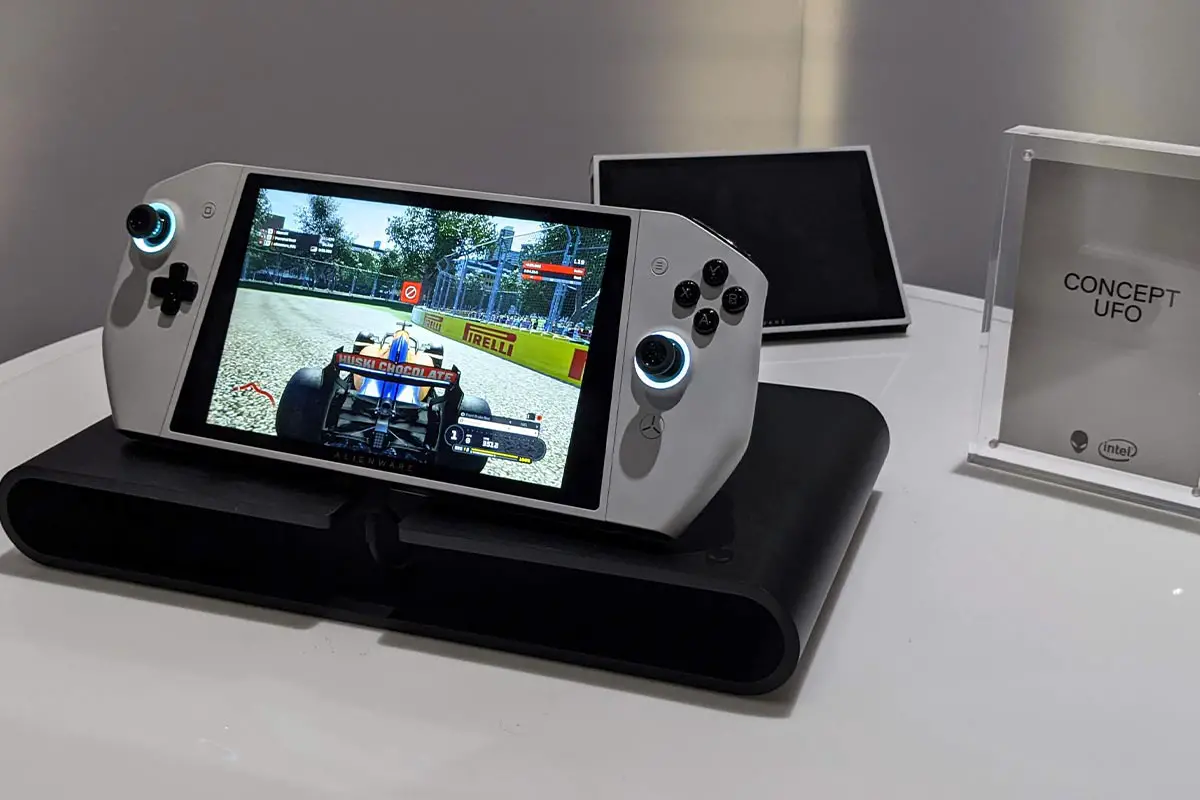
However, this handheld gaming device runs full-blown Windows 10 which allows gamers to access their Steam library, as well as Xbox Play Anywhere and Xbox Project xCloud games. Basically, if you can install it on Windows 10, you can play it on the Concept UFO. Talk about an impressive launch game library.
The company was tight-lipped about specifications but gameplay seemed pretty smooth during our limited hands-on time with the F1 game and Mortal Kombat X that was running on it. According to Dell, there are no plans to release the Concept UFO but they are gauging interest. Personally, I’m hoping we see this come to market someday as it would be the Xbox handheld I’ve always wanted when used with Project xCloud.
And that’s a wrap…
As I mentioned above, it’s impossible to see and remember everything from CES 2020, so I’m sure I missed a thing or two. From transparent displays from Sharp, Phillips, Konka, and others, to That being said, it was cool seeing firsthand some of the upcoming and already-here technology that will be widely available soon, as well as concepts that we’ll hopefully see at some point in the future! Be sure to check back over the next week as well still be adding CES 2020 articles as we play some catch-up.
What were your favourite things that you saw or read about at CES 2020? Let us know in the comments below or on Twitter, Facebook, or MeWe and be sure to check everything we covered at CES 2020.
Last Updated on February 3, 2021.

